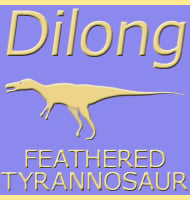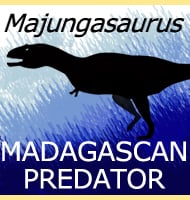Bistahieversor
In Depth The skull of Bistahieversor has many features that are considered primitive for the tyrannosaurid group, but most importantly, a noticeable depth that is lacking in other, and later, tyrannosaurid species. This is significant because it was once thought that only the later and more advanced tyrannosaurids, like Tyrannosaurus itself, had deeper snouts. The … Read more


